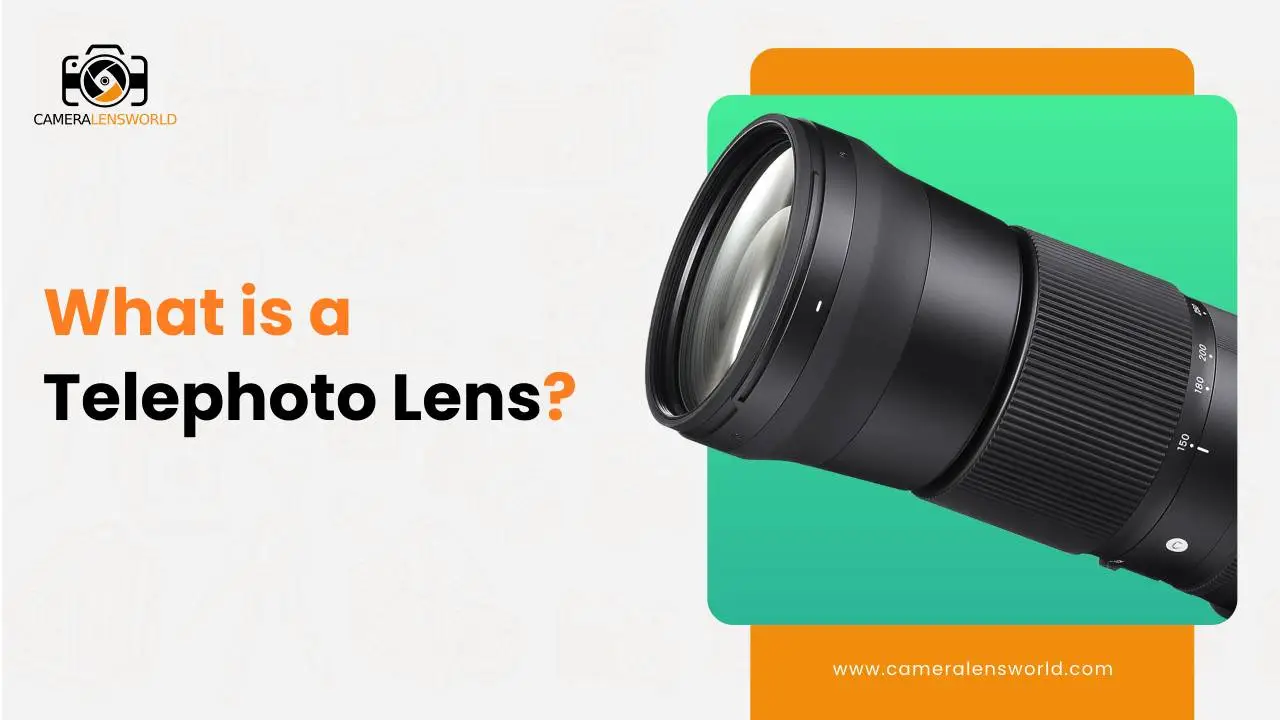
A telephoto lens is a type of camera lens with a long focal length that allows photographers to capture distant subjects by magnifying them. It brings the subject closer to the camera, making it appear larger and more detailed in the resulting photograph.
Depending on the lens model, telephoto lenses have different ranges. Telephoto lenses have focal lengths from 70mm to several hundred millimeters. 70-200mm, 100-400mm, or 200-500mm telephoto zoom lenses are common. Super telephoto lenses can reach 400mm, 600mm, 800mm, or more. The range depends on the lens maker and model.
Why do we need a telephoto lens?
The primary purpose of a telephoto lens is to capture distant subjects by magnifying them. It allows photographers to bring faraway objects closer, filling the frame with the subject and capturing it in detail. Telephoto lenses are commonly used in wildlife, sports, and portrait photography to isolate subjects and achieve a compressed perspective.
What are the various kinds of telephoto lenses?
There are other types of telephoto lens for different photography needs.
| a) Prime Telephoto Lens | These lenses have a fixed focal length, such as 200mm or 300mm, and offer high image quality and wide maximum apertures. |
| b) Zoom Telephoto Lens | These lenses have a variable focal length, such as 70-200mm or 100-400mm, allowing photographers to adjust the framing without changing lenses. |
| c) Super Telephoto Lens | These lenses have extremely long focal lengths, often exceeding 300mm, and are used for capturing distant subjects such as wildlife or sports events. |
| d) Macro Telephoto Lens | These lenses are designed for close-up photography and feature telephoto capabilities.50mm, 100mm, and 180mm focal lengths are commonly offered. Short-focal-length macro lenses (50mm–60mm) are cheaper, smaller, and lighter. |
| e) Mirror Telephoto Lens | These compact, cheap telephoto lenses use a mirror instead of glass elements to obtain telephoto focal lengths, reducing image quality. Also known as reflex or catadioptric lenses, they often have focal lengths from 300mm to 2000mm or more. |
How to select a telephoto lens for your photography ?
When picking up a telephoto lens, it’s important to keep a few things in mind. I’d like to talk about those categories immediately.
1.Select among Zoom and Prime
To choose a telephoto lens, consider your photography needs. Zoom lenses offer versatility with adjustable focal lengths, suitable for various subjects.
Whereas, Prime lenses provide superior image quality and wider apertures but lack flexibility. Decide based on your budget, desired image quality, and specific shooting requirements.
2. Figure Out the Focal Length
When choosing a telephoto lens, determine the focal length based on your intended subjects. Longer focal lengths (e.g., 200mm or above) are ideal for wildlife or sports photography.
While shorter focal lengths (e.g., 70-200mm) are more versatile for portraits, events, or general telephoto needs.
Consider your shooting distance and the level of magnification required.
70-200mm
A 70-200mm telephoto lens is a versatile choice for various photography genres. It is commonly used for events, sports, wildlife, even some landscape and portrait photography.
The range allows for a balance between capturing subjects at a moderate distance and providing some close-up capabilities. Its flexibility makes it a popular option for many photographers.
85mm prime
An 85mm prime lens is a popular choice for portrait photography. It offers a flattering perspective, allowing for natural-looking portraits with a pleasing background blur (bokeh).
When taking portraits or other close-ups, the 85mm focal length is ideal since it allows the photographer to maintain a natural distance from the subject while yet getting sharp images.
100-400mm
A 100-400mm telephoto lens is an ideal choice for capturing distant subjects, making it well-suited for wildlife, sports, and nature photography.
Since the zoom is so large you can take pictures from as far away or as close as you like. The lens’s longer focal length range of 400mm enables you to capture sharp, detailed images of subjects.
600mm (and Above) Prime
A prime lens with a focal length of 600mm or above is typically used for specialized photography needs such as wildlife, birding, or astrophotography.
These lenses offer an extreme telephoto reach, allowing photographers to capture subjects that are extremely far away.
They provide exceptional magnification and detail, but they are also larger, heavier, and more expensive compared to shorter telephoto lenses.
3. Look out for Image stabilization
When selecting a telephoto lens, consider looking for image stabilization (IS) or vibration reduction (VR) features.
Image stabilization helps keep your camera from shaking, so you can take better pictures when you’re holding it by hand or when there’s not much light. This feature is especially helpful with longer telephoto lenses, where even small movements can cause the picture to blur.
4. Full frame lenses or APS-C lenses
When choosing a telephoto lens, consider whether you want a full-frame lens or an APS-C lens.
Full-frame lenses have a broader field of vision and may improve image quality. They are more expensive and larger but perform better in low light and have a shallower depth of field.
APS-C lenses are made for APS-C cameras. The sensor crop factor narrows their field of view, but they are smaller, lighter, and cheaper. APS-C photographers prefer APS-C lenses.
Choose based on your camera’s sensor size and your specific needs, considering factors like budget, image quality, and portability.
Understanding Telephoto Lens Apertures
When considering telephoto lens apertures, there are a few key points to keep in mind. A wider maximum aperture (e.g., f/2.8) allows for better low-light performance and shallower depth of field.
However, lenses with wider apertures are often larger, heavier, and more expensive. Balancing aperture needs with budget and lens size is important for choosing the right telephoto lens.
The Impact of Telephoto Lens on the Background
Telephoto lenses change image backgrounds. Telephoto lenses compress perspective, making distant objects look closer.
Compression narrows the range of view and shallows the depth of field, blurring the backdrop and isolating the subject for a beautiful bokeh effect. Telephoto lenses are ideal for portraits and separating subjects from distracting backgrounds.
The Impact of Telephoto Lens on the Subject
Telephoto lenses affect subjects differently than other lenses. First, telephoto lenses magnify and bring the subject closer to the camera. This helps when capturing distant or small subjects.
Second, telephoto lenses enable for sharper framing and subject isolation, removing distracting objects from the scene. Finally, telephoto lenses compress the perspective, favoring the subject.
8 Creative Ways for Using a Telephoto Lens
| Utilize it to fill the frame | Zoom in to emphasize subject details and create a powerful composition. |
| Eliminate unappealing foreground elements | Use the telephoto lens to exclude distracting objects and focus solely on your subject. |
| Constrict the frame | Create a unique perspective by bringing distant objects closer together. |
| Take close-up pictures | Use the lens's shallow depth of field to isolate the subject and achieve a pleasing background blur. |
| Utilize it as a "macro" lens | Explore close-up photography by getting closer to small subjects with the telephoto lens. |
| Take close-ups of the moon. | Magnify the lunar surface and capture its intricate details. |
| Zoom out for smooth motion blur | Track moving subjects while using a slower shutter speed to create dynamic and blurred backgrounds. |
| For zoom bursts, zoom in. | Experiment with zooming during longer exposures to create abstract and captivating visual effects. |
Conclusion
In conclusion, the zoom lens is a very useful tool for photographers. It lets you take pictures of faraway things with more clarity and better magnification. The telephoto lens opens up new ways to take pictures of wildlife, sports, and creative portraits. It lets photographers switch between close-up and far-away shots to get stunning results.

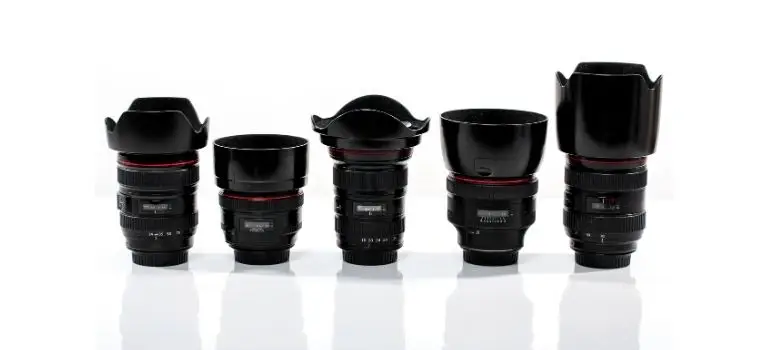
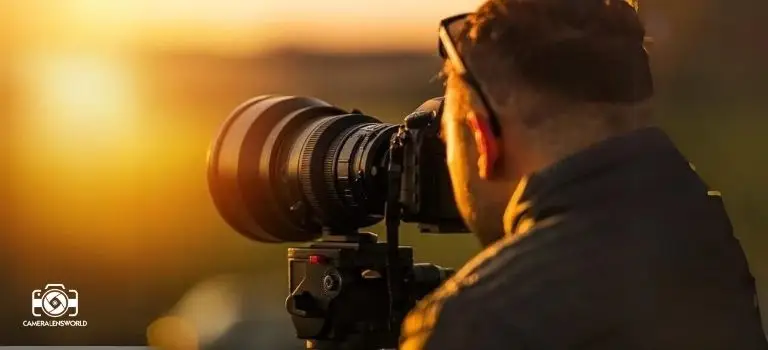
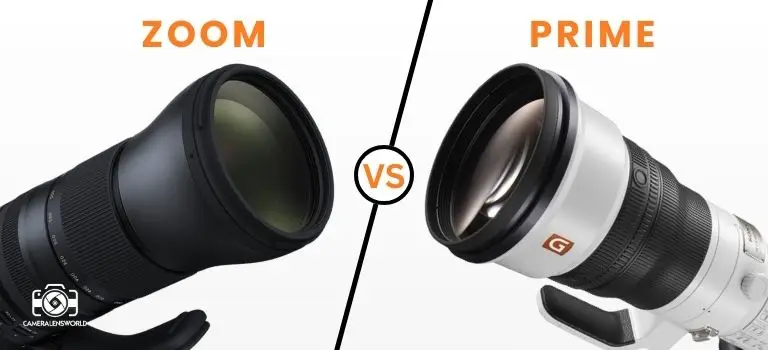

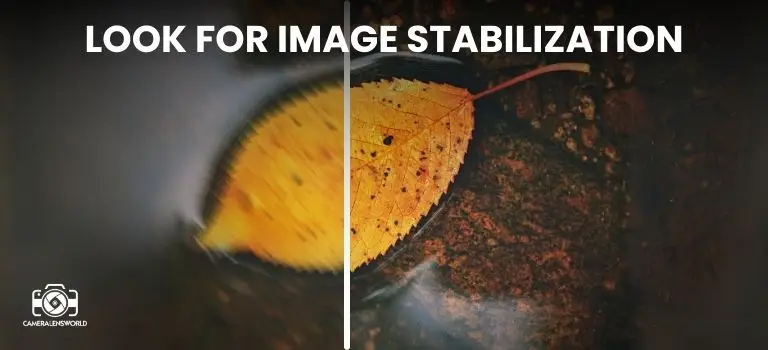
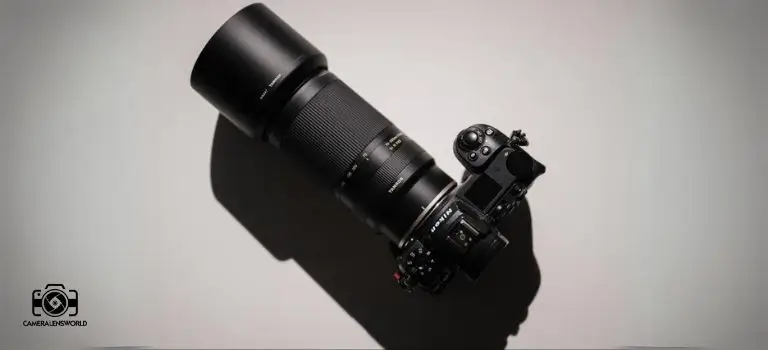



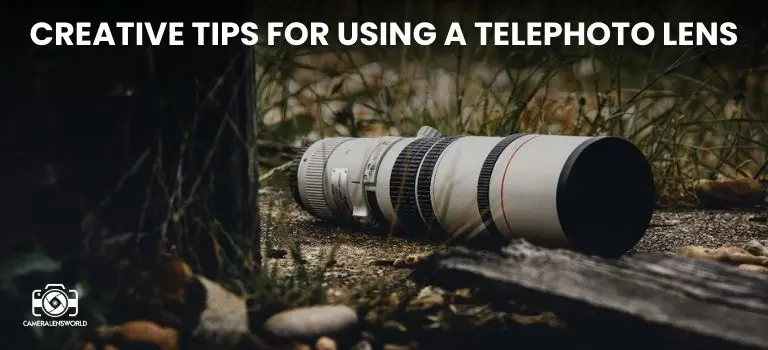

Leave a Reply
You must be logged in to post a comment.